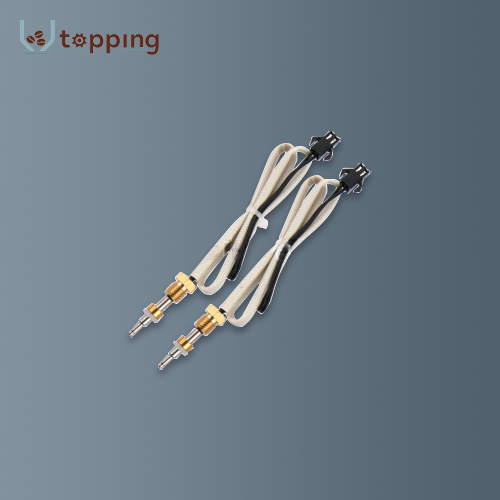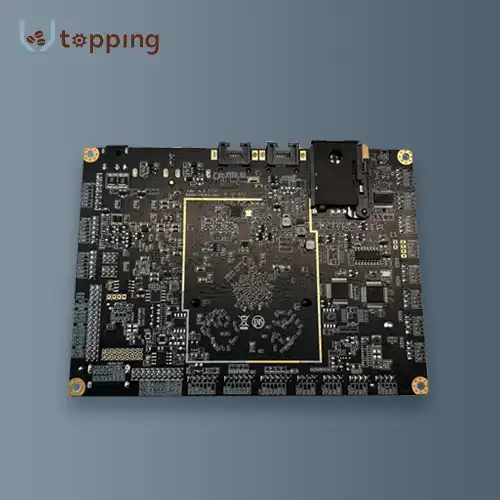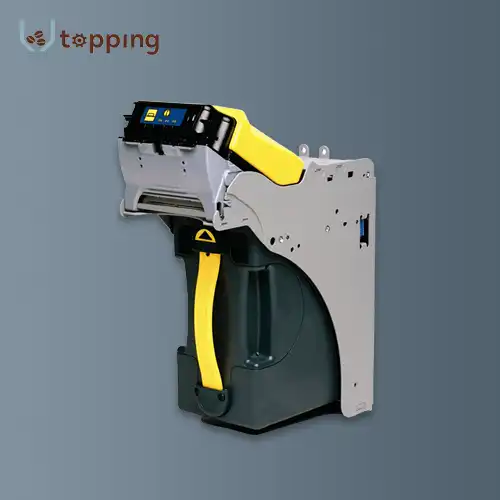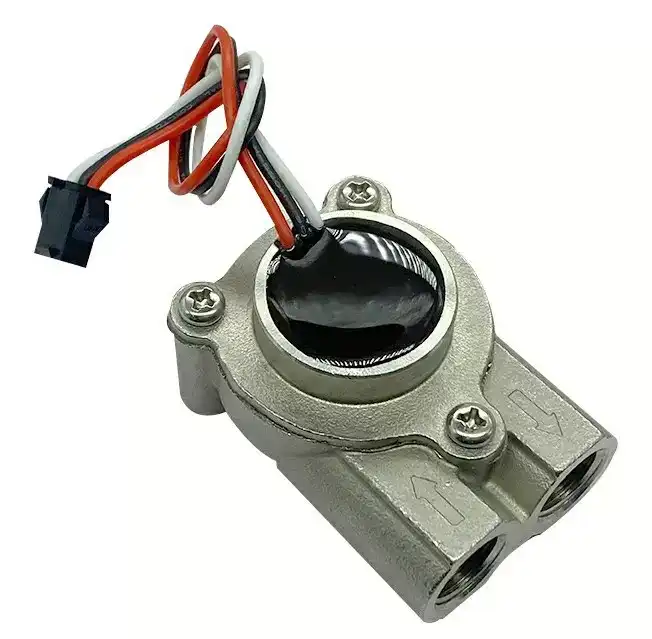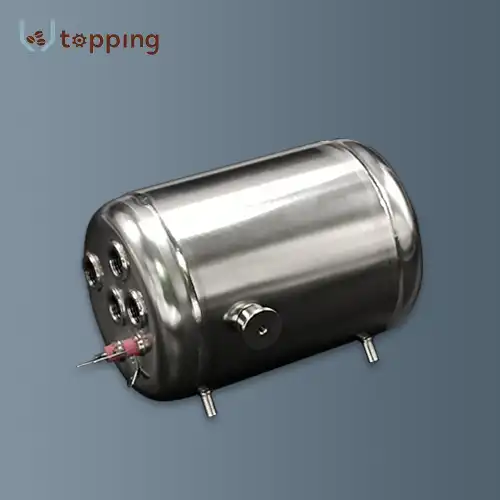How Do You Fix a Coffee Grinder Motor?
2024-08-20 13:38:10
Having a breaking down espresso processor can disturb your morning schedule, yet with a bit of expertise, you can fix it yourself. You will learn the essential procedures for diagnosing and fixing a coffee grinder motor in this guide.

Why Is My Coffee Grinder Not Working?
It can be very frustrating to have your morning routine disrupted by a Coffee Grinder Motor Nonetheless, understanding the normal justifications for why your espresso processor may not be working can assist you with investigating the issue and possibly fix it yourself.
Quite possibly the earliest thing to check when your espresso processor quits working is the power source. Begin by guaranteeing that the processor is appropriately connected to a working electrical plug. A tripped circuit breaker or a loose plug could be the cause of the issue, and sometimes the simplest solution is the most effective.
On the off chance that the processor is safely connected and the power source is affirmed to be working, however the processor actually doesn't work, now is the ideal time to explore further. When you try to operate the grinder, pay close attention. Assuming you hear the engine running yet the edges are not moving, the issue might lie with the drive gear. The drive gear may be worn out or damaged in this instance, preventing it from engaging the blades.
Next, examine the coffee grinder's wiring and motor visually. Search for any indications of harm like copied wires, frayed links, or noticeably broken down gears. If there are any obvious problems with the internal parts, like a burnt smell or visible damage, it may be a sign of a bigger problem that needs to be fixed by a professional.
At times, the issue might be connected with a broken switch. The grinder may not turn on if the switch, which controls the flow of electricity to the motor, is damaged. Testing the switch with a multimeter can help decide whether it is working accurately.
If your coffee grinder still doesn't work after you've checked the power source, the drive gear, motor, and wiring, and tested the switch, it might be time to hire a professional repair service. Without the necessary expertise, attempting to repair intricate electrical appliances can be risky and may result in additional damage.
How Do You Clean a Coffee Grinder Motor?
Maintaining the performance of your grinder necessitates regular cleaning. Oils and coffee dust can build up and cause the motor to fail.
1. Dismantle the Grinder: Turn off the processor and eliminate the top burr or sharp edge.
2. Purify the Engine:Utilize a little brush to eliminate noticeable espresso residue and oils. Make use of compressed air to blow out any debris for a thorough cleaning.
3. Apply oil to the motor: Reduce friction by applying a light machine oil to the motor's moving parts.
Test the grinder with a small batch of coffee beans after it has been cleaned and reassembled.
What Tools Do You Need to Repair a Coffee Grinder Motor?
A basic understanding of electrical components and a few essential tools are required for coffee grinder motor repair. The tools you'll need and their roles in the repair process are detailed below:
1.Screwdrivers
The coffee grinder casing can only be disassembled with the help of screwdrivers. Contingent upon the model of your processor, you might require Phillips head, level head, or Torx screwdrivers. You will be able to access the internal components, such as the motor, wiring, and switch, by removing the screws that hold the outer casing in place with these.
2.Multimeter
A multimeter is an essential tool for diagnosing electrical problems. It permits you to quantify voltage, flow, and obstruction in electrical circuits. A multimeter can be used to check for continuity in wires, test the functionality of switches, and ensure that electrical connections are intact when troubleshooting a coffee grinder motor. This device recognizes where the electrical shortcoming lies, whether it's in the engine windings, the power supply, or the switch.
3. Binding Iron and Patch
On the off chance that your espresso processor engine issues come from broken wiring, switches, or associations, a patching iron will be vital for fix. When solder is melted with this tool, it solidifies to form a strong electrical connection. You might need to replace a broken switch, solder new wires to terminals, or fix broken connections in the grinder. It is essential to use the right soldering technique in order to guarantee dependable electrical connections and avoid future issues.
4.Replacement Parts
Replacement Parts It is essential to have access to replacement parts in order to effectively repair a coffee grinder motor. Normal parts that might require substitution include:
Switches: On the off chance that the processor neglects to turn on or off appropriately, a broken switch could be the guilty party.
Wiring: The motor may not receive the appropriate amount of power if the wiring is damaged or burned.
Motor: It may be necessary to completely replace the motor itself if it has burned out or is acting improperly.
Bearings and gears: Inward parts like cog wheels and heading can wear out over the long haul, causing crushing issues.
You can normally find new parts for espresso processors at nearby apparatus fix shops, gadgets stores, or online retailers. To avoid further complications, it is essential to check that any replacement parts you purchase are compatible with your particular grinder model.
Wellbeing Precautionary measures
While working with electrical machines like espresso processors, wellbeing ought to be really important:
Turn off the Processor: Prior to starting any fixes, ensure the processor is turned off from the power source to keep away from electric shock.
Work in a Bright Place: You can see small parts and make precise repairs with good lighting.
Follow the Manufacturer's Directions: Allude to the processor's client manual for explicit guidelines on dismantling and fix. This guarantees you follow appropriate systems and try not to harm the machine further.
How Do You Replace a Coffee Grinder Motor?
If the motor can't be fixed, replacing it might be the best option.
1. Take the grinder apart:To get to the engine, eliminate the parts and screws.
2. Switch off the Motor:Carefully remove the motor from the wiring and any mounting hardware.
3. Describe the New Engine:Connect the new motor to the wiring and secure it with the mounting hardware.
4. Disassemble the grinder:Put all of the parts in a difficult spot together thusly around demand.
Test the processor to guarantee that it works appropriately after the engine has been supplanted.
Conclusion
If you follow these steps, you can fix a coffee grinder motor easily. Numerous common issues can be avoided with regular upkeep and cleaning. On the off chance that the issue continues to happen regardless of your earnest attempts, looking for proficient assistance may be important. By understanding the nuts and bolts of how your espresso processor functions, you can keep it chugging along as expected and appreciate newly ground espresso consistently.
References
1. "How to Fix Coffee Grinder Motor: Expert Guide to Restore Power," Caffecoco Kauai.
2. "Coffee Grinder Motor Repair: A DIY Guide," Household Manuals.
3. "Troubleshooting Common Electric Coffee Grinder Problems," DoItYourself.com.
4. "Krups F203 Coffee Grinder Troubleshooting," iFixit.
5. "How to Fix Krups Coffee Grinder? - 4 Common Problems," Wild Boar Coffee.
6. "Coffee Grinder Repair: Expert Tips for Fixing Your Coffee Grinder," Paddy Shack.
7. "Preventive Maintenance and Care Tips for Coffee Grinders," Paddy Shack.
8. "DIY Repair vs Professional Coffee Grinder Repair Services," Paddy Shack.
9. "Why Is My Coffee Grinder Not Working?" Household Manuals.
10. "Maintaining Your Coffee Grinder for Optimal Performance," Caffecoco Kauai.
Send Inquiry
Related Industry Knowledge
- How to choose the right operating system for Control Board For Vending Machine?
- What Does Coffee Boiler Mean?
- How Does Motor Power Affect Coffee Grinding Speed?
- How Does the Coffee Machine Mixer Influence Beverage Consistency?
- What Are the Key Components of a Coffee Vending Machine Dispensing System?
- Are Coffee Grinder Motors Waterproof or Water-Resistant?
- How does a coffee brewing Unit work?
- Do vending machines have cameras
- What does a coffee sieve do?
- What are the features of the Vending Machine Camera?

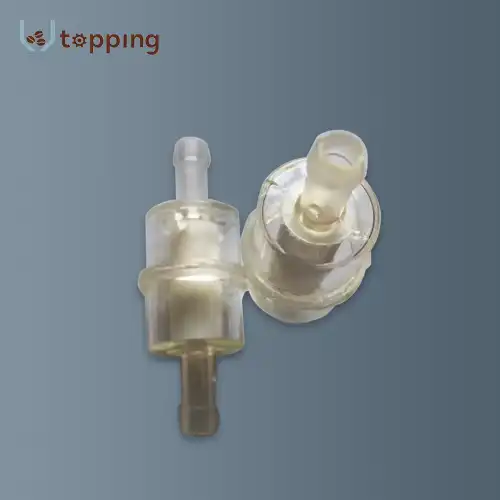
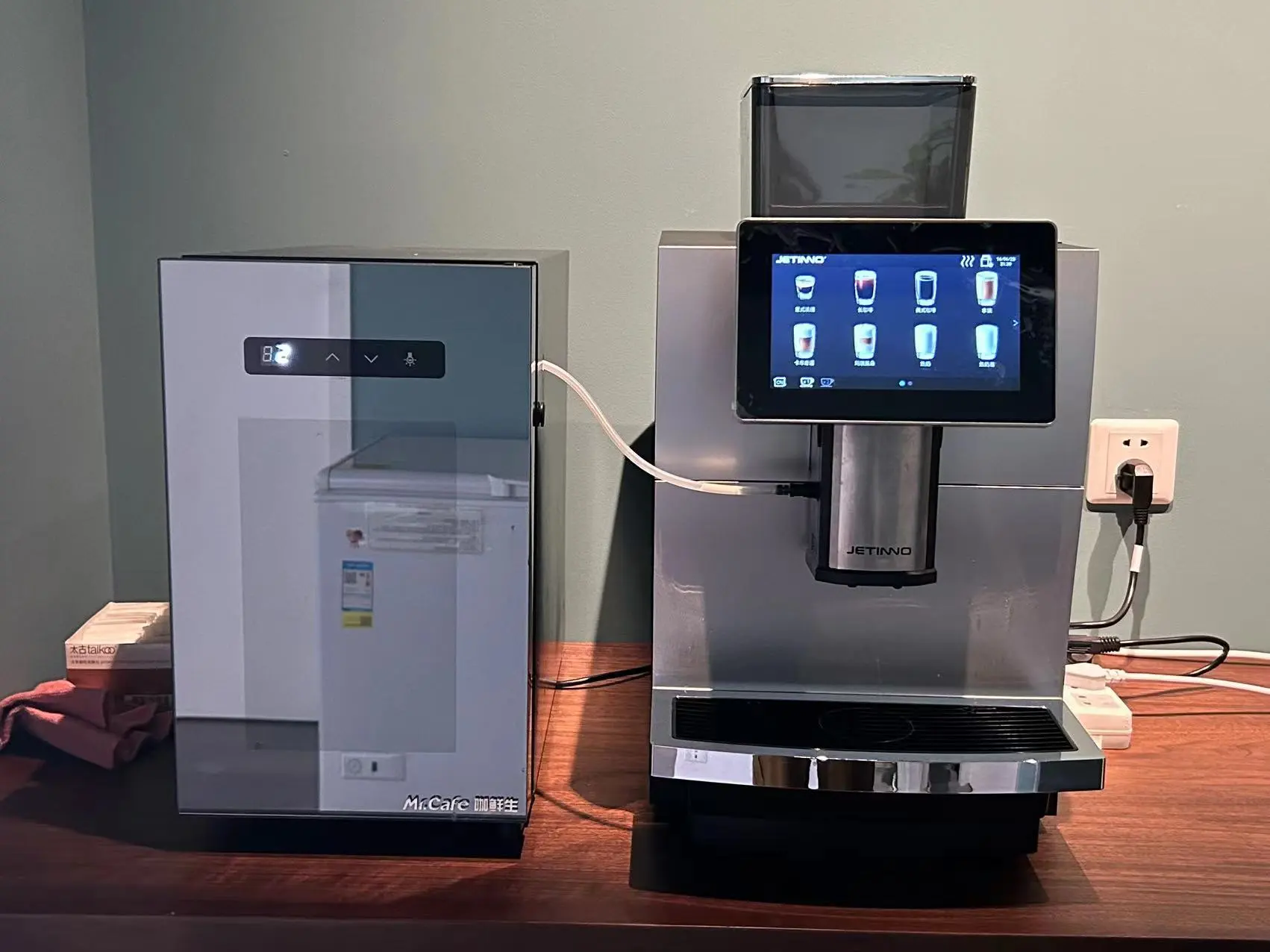
.webp)
